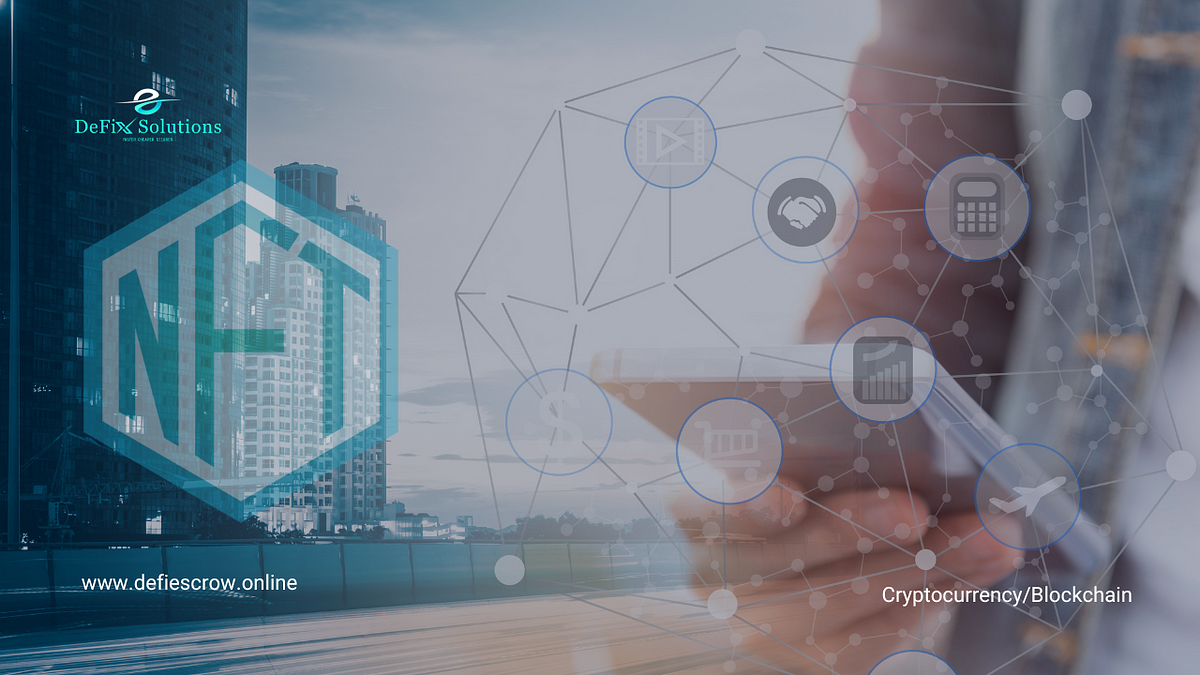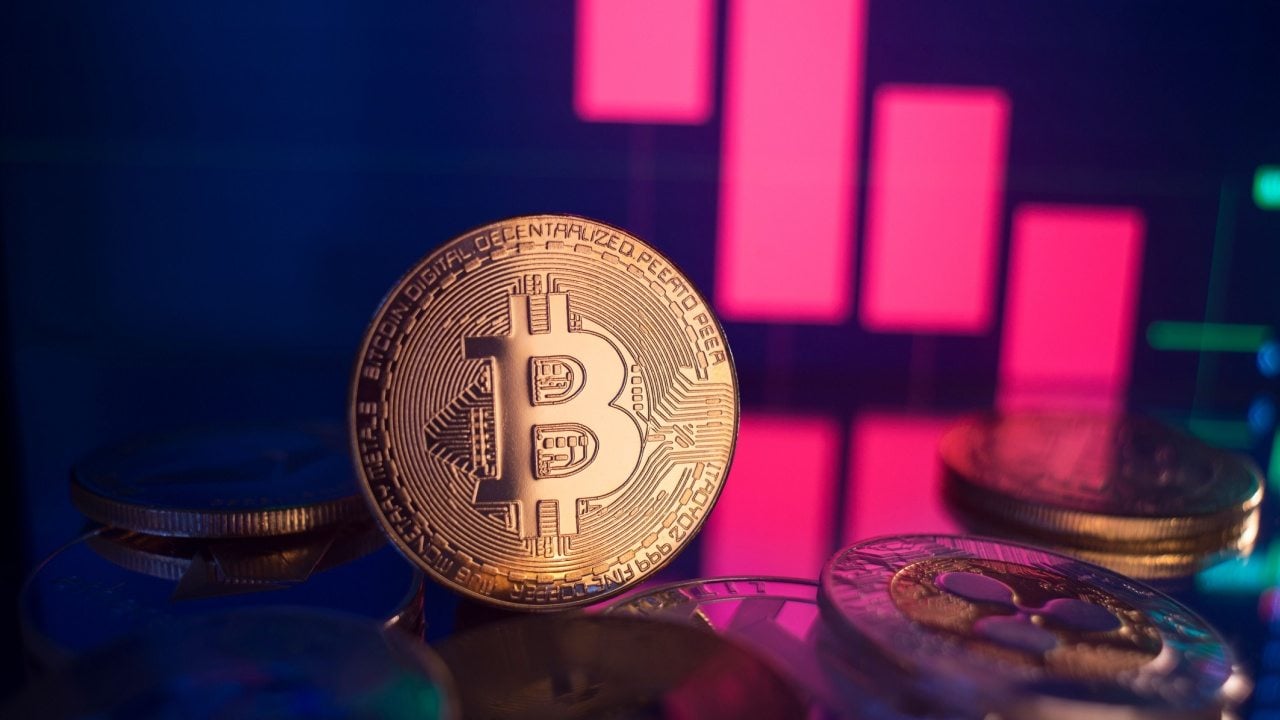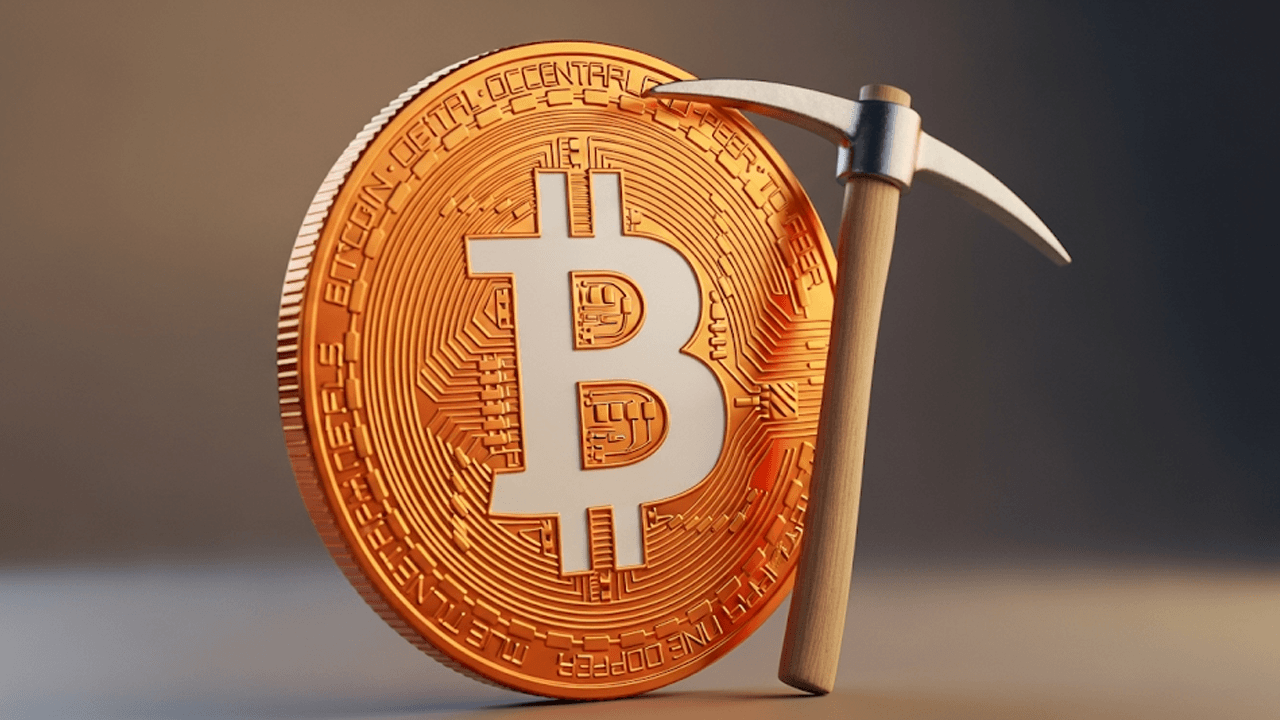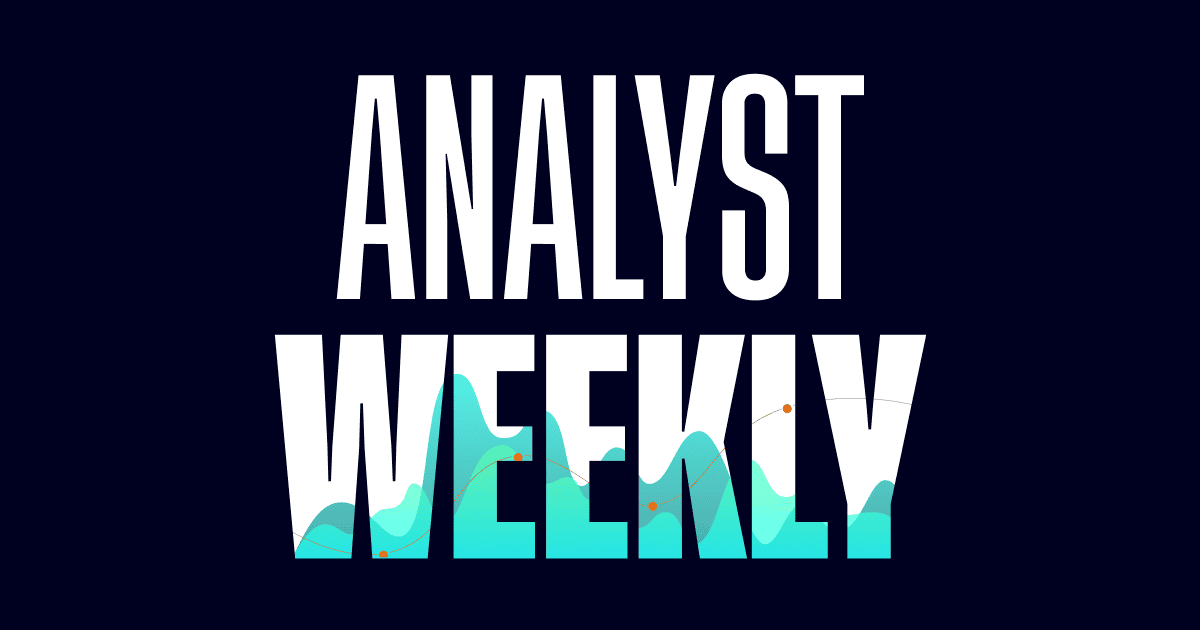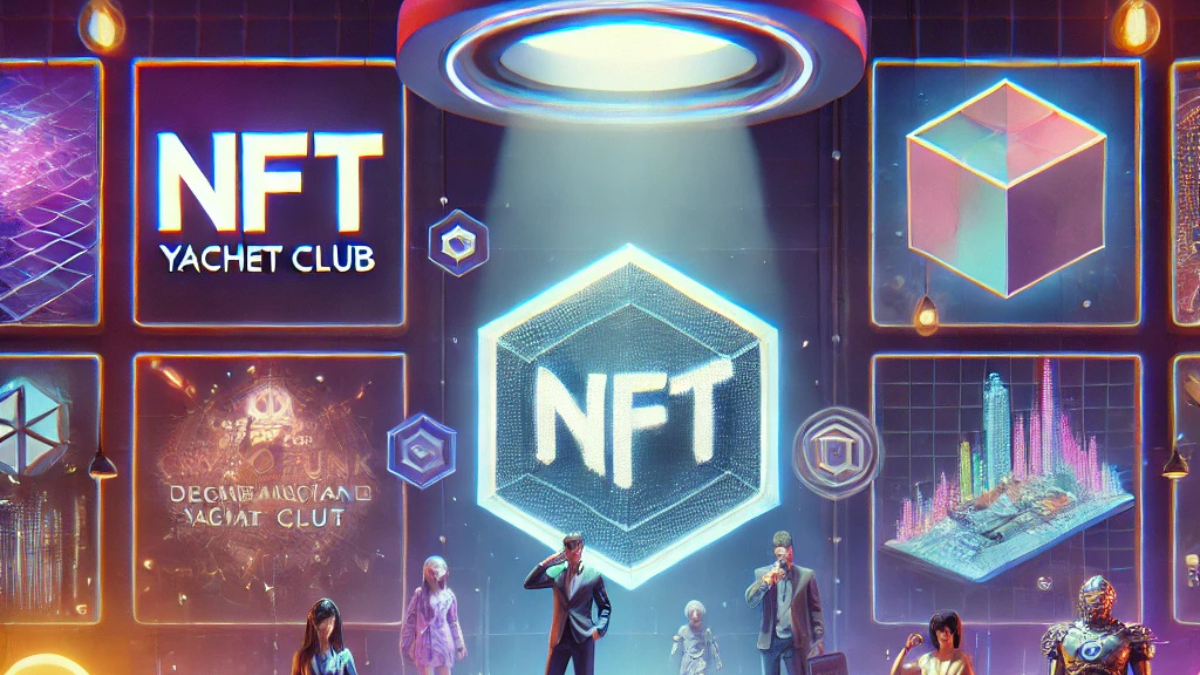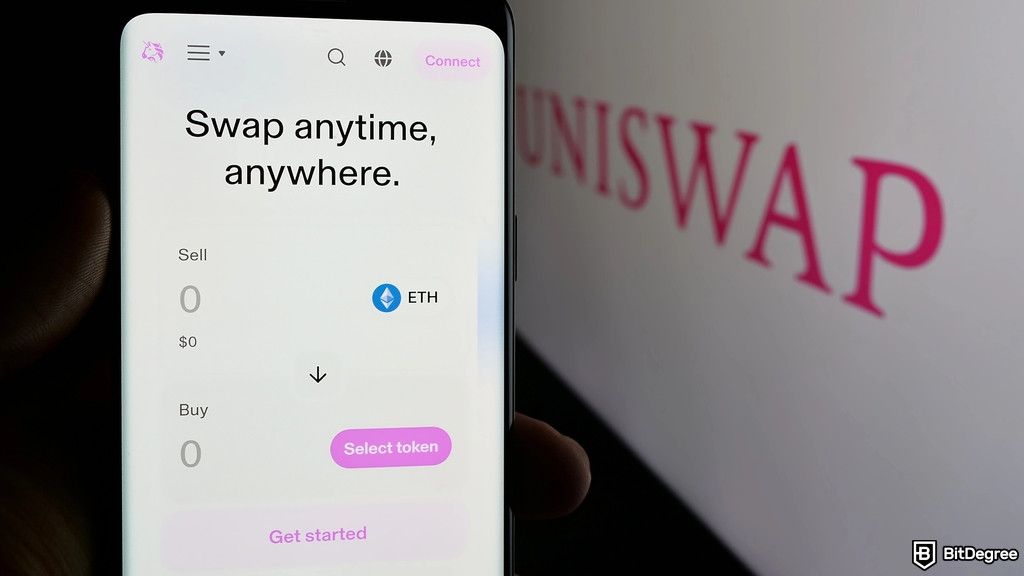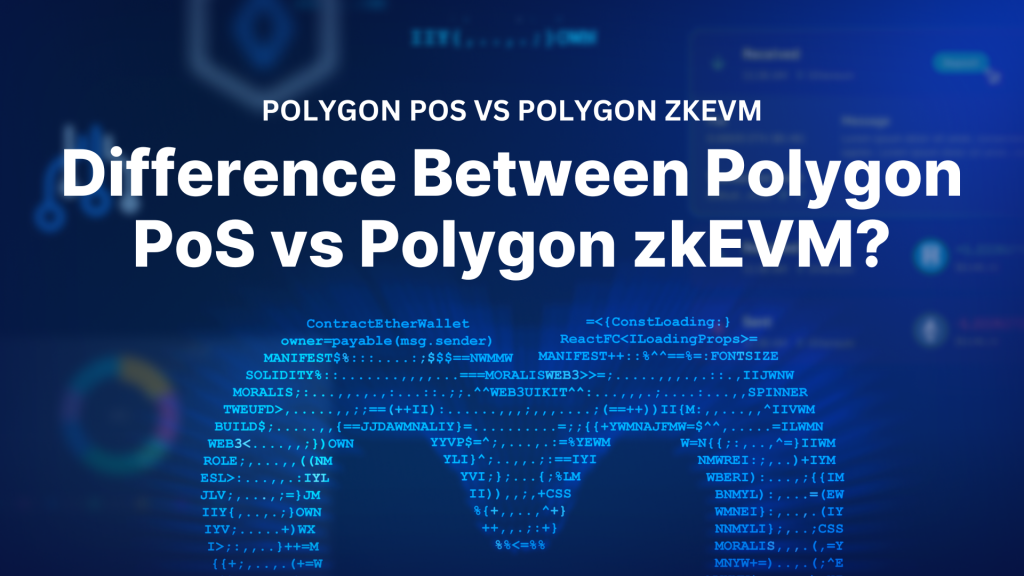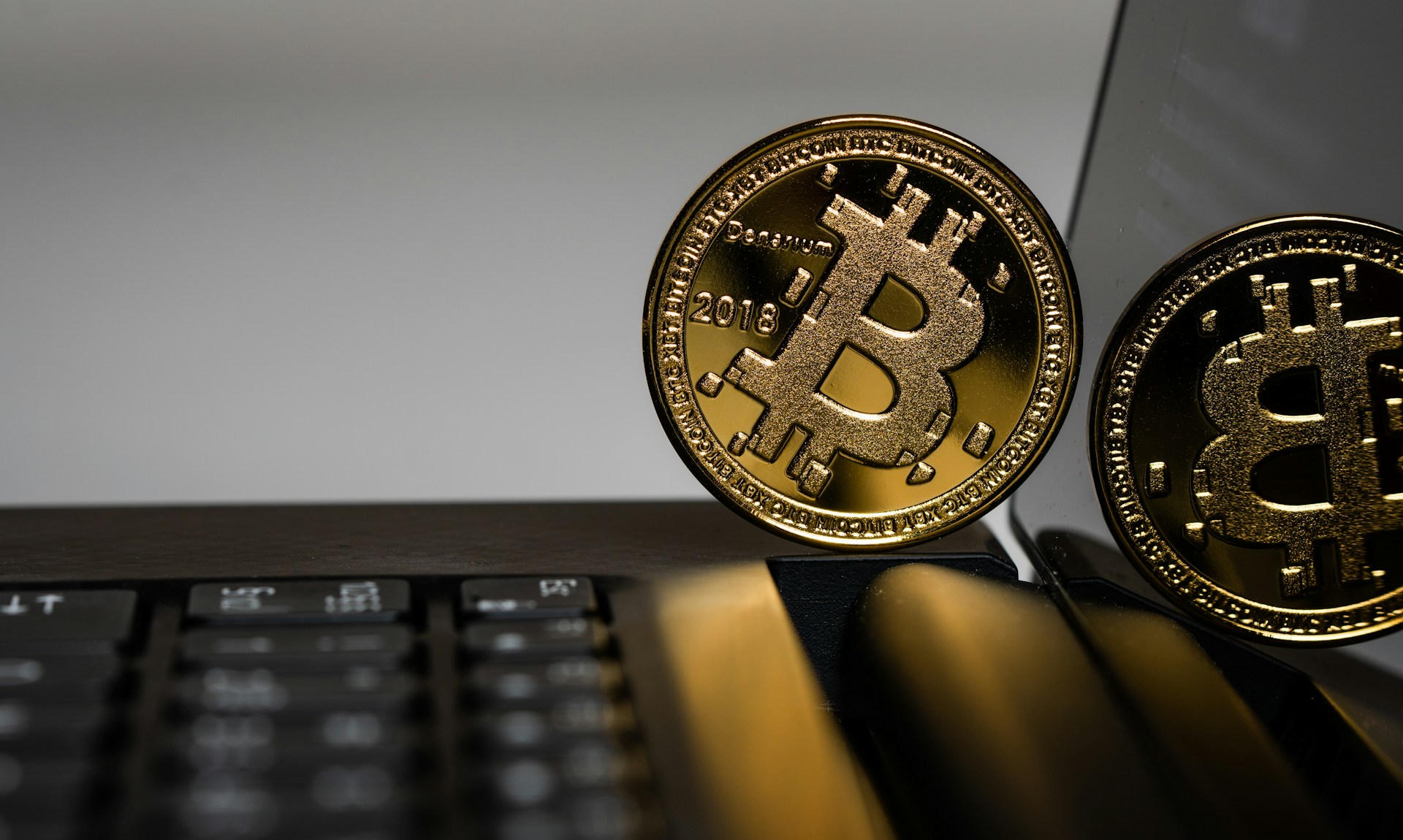This is where real and virtual worlds come together
The term real world assets (RWA) is becoming more common every day, but the public continues to limit its definition to the tokenization of assets that exist outside the blockchain in such a way that they can be used on-chain.The reality is that, RWA cover a wide spectrum that ranges from the tokenization of physical assets that allows them to be integrated into the decentralized finance ecosystem, to protocols that bring yields from assets related to economic activities such as shipping.
RWA are connecting traditional finance with decentralized finance in an increasingly tight way, becoming more and more important and, above all, with a growing potential. What began as being understood as a mere vehicle suited to introduce physical assets into DeFi has evolved into a product that both financial institutions and traditional industries are beginning to use to benefit from blockchain technology products and DeFi products, while avoiding the limitations of traditional financing models. Therefore, the conception of RWA limited to the on-chain representation of a physical asset greatly limits the reality and potential that they offer.

The most commonly used definition of the term “RWA” is that it refers to anything physical that can be represented on-chain. Although the origins of RWA were effectively limited to physical assets (in fact, one of the first RWA to exist was something as physical as it can get, tokenized real estate), RWA’ scope has far exceeded that limitation. This is why this conception fails to collect everything that RWA actually encompasses.
RWA are effectively physical assets that can be tokenized and represented on-chain, but the concept is not only limited to physical assets but also (any present or future) revenue streams or cash flows whose existence can be proven in some way (for example, accounts receivable or music-video streams) or is just reflected on the balance sheet of a company. Actually, the whole asset side of a company’s balance sheet could be considered as RWA.
In the most archaic conception of the term, the only account of the balance sheet that could be represented on-chain were fixed assets, such as buildings or land, greatly limiting the application of RWA. Not only because of a reduction in the supply of assets that could be represented on-chain, but also because of the intrinsic nature of fixed assets. Fixed assets are long-term assets with a more limited degree of liquidity than some short-term assets, whose eventual liquidation can be much more complicated than that of, for example, a publicly traded security.
RWA currently encompasses both long-term assets on the balance sheet and current assets. Of these, the most interesting accounts are cash and cash equivalents, marketable securities and receivable accounts. Since the main use case of RWA today is the representation of assets owned by an institution on-chain for later use as collateral, the categorization of these accounts as current is of vital importance. Both cash and cash equivalents, as well as marketable securities, are the most liquid assets that a company owns and, therefore, in a liquidation event (being used as collateral), could be easily sold to pay off a debt. A low-maturity US Treasury bill sells more easily than a building located in a different jurisdiction than the lender’s.
On the other hand, accounts receivable can be understood as the yields generated by a company (which with a variable level of risk and uncertainty) that will be received in the future and generally converted into cash. By using it as collateral for a loan whose payment has been made in crypto, lenders can gain exposure to the yield generated by that company. For example, if a shipping company uses its account receivables as collateral for a loan in BUSD, the lender will get its capital back with interest, thanks to the yield generated by the shipping business.
RWA already capture exposure to yields beyond those generated by certain businesses via account receivables, such as future revenue streams like those generated by an artist on a streaming platform. The RWA concept also already covers many types of assets that exist outside of the blockchain and not just physical assets. For this reason, the concept of RWA should be extended. We understand RWA as any asset comprehended in a balance sheet that can be used as a collateral, ultimately allowing lenders to get exposure to real-world yields of any kind.
The main use case that current RWA protocols allow is the collateralization of these assets to obtain loans denominated in cryptocurrencies, normally stablecoins. These protocols evaluate the collateral presented by the borrowers and according to that evaluation they calculate the total amount of the loan. The debt backed up by the collateral is usually converted into an NFT divided into a certain number of tokens that will represent the stake of the lenders, who will exchange that token for stablecoins that will end up in the hands of the borrower. This way, the loan between both parties becomes effective. All the available tokens, as well as the operative liquidity are pooled up in a debt pool which works as a liquidity pool and is managed by the issuer (the borrower). The swaps triggered by the lenders happen within this pool.
Lenders can normally choose between buying two types of tokens, the senior or the junior tranchee. This categorization is common in debt markets and can be roughly simplified in that junior tranchees bear the most risk (they are the last to be paid, hence they usually receive a higher yield) while the senior tranche is the safest since it is the first to be repaid hence lower yield. The reality is a little more complex than this, since depending on the situation of the debt pool and the parameters established by the issuer, this situation can change. Once the loan matures, the NFT is repaid by the issuer of the pool, and the lenders receive back the principal plus the interests, effectively converting the tokens they hold to stablecoins. These tokens are interest-bearing, meaning that the interests paid by the borrower are added to the token held by the lender.
The range of firms using RWA protocols to raise capital is quite wide, from real estate companies to invoice factoring. However, as supply chain is an industry extremely cash-strapped, shipping or freight invoicing are one of the industries that prefer the use of RWA protocols mostly. RWA let these companies free up working capital by financing the account receivables or invoices that are waiting to be paid.
Supply chain financing normally falls into the hands of the trade finance arm of banks, but not all companies have access to these services that generate fees and interest that can be high for many. On top of that, the control of debt instruments always falls on the banking side, on the contrary, it is the issuers of the pools (borrowers) who set the conditions in RWA protocols. That flexibility, speed of raising funds powered by blockchain as well as a lower cost are the biggest advantage over trade finance.
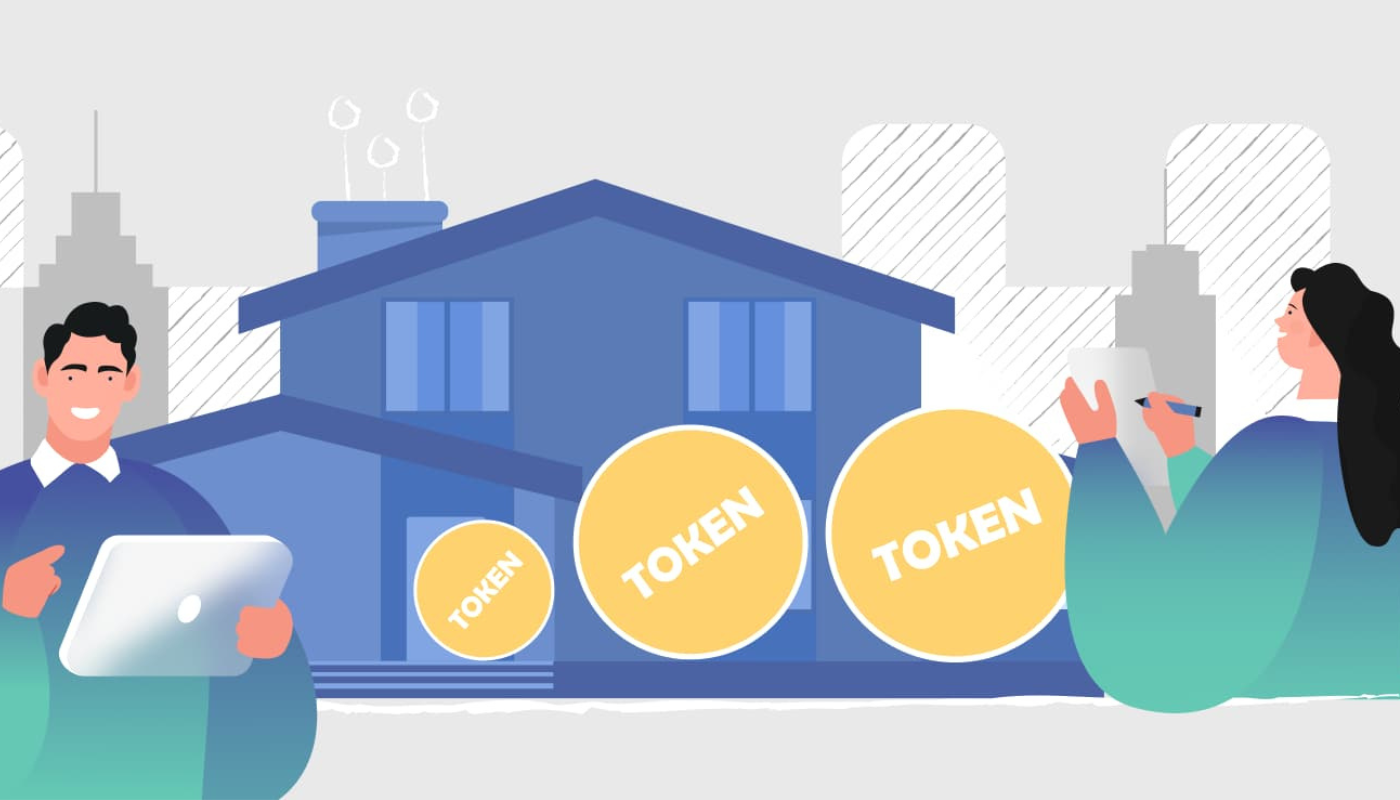
RWA’s applications and implementation are not only limited to the protocol side. It extends much further. Maker, the leading lending protocol across all chains, is increasing the adoption of RWA, not only to diversify its balance but also to start using banks’ balance sheets as collateral to mint DAI.
At the time of writing, Maker DAO has collateralized RWA to mint $100 million worth of DAI to Huntingdon Valley Bank and $30 million to SG Forge (Societe Generale). Liquid assets with an AAA credit rating have been used for collateralization. This may be just the beginning of how financial institutions can use RWA to increase their capital efficiency and free up otherwise locked-up liquidity. As seen, RWA has the potential to become a necessary vehicle to free up capital and boost efficiency not only for companies but also for financial institutions.
We can cluster the advantages offered by RWA into three subgroups of beneficiaries: debt issuers, lenders (or users of RWA protocols), and, finally, the crypto market as a whole.
Firstly, for debt issuers, the benefits of RWA are crystal clear. RWA offers ways to free-up capital that would otherwise be locked up, obtain loans much faster, avoid expensive financial intermediaries (RWA protocol fees are more competitive than commercial banks), and also grant debt issuers control of the loan conditions and loan generation.
For users, RWA gives the possibility to gain exposure to industries that generally would be difficult for this group to access, either because of various jurisdictions or because many of these debt instruments are not available for retail. The same applies to yields. RWA allows users to receive part of the yield generated by a company thanks to its economic activity. Although, for example, it is possible to gain exposure to the shipping industry through various financial instruments such as an ETP or a stock, RWA gives access to returns directly generated by economic activity, that is, sales, streams… or whatever the core business of the debt issuer is. In addition to democratizing the debt market, RWA also allows crypto users to limit their portfolio correlation by gaining exposure to products with a lower correlation to digital assets such as the supply chain industry or real estate.

Finally, for the crypto market, there are many advantages. RWA can have a multiplier effect on the TVL of DeFi thanks to the entry of hypothetical large amounts of capital. It also allows the incorporation of assets into the ecosystem with a lower degree of correlation with the crypto market as a whole. Today the crypto market moves in unison due to the extreme correlation that exists between crypto assets. Although this is common in any market with a low or medium maturity level, it is also normal because all crypto assets eventually belong to the same industry. The incorporation of assets from different industries to the blockchain has the possibility to reduce this extreme correlation of at least part of the TVL, with an eventual reduction in volatility. In addition, the use of RWA by players outside the blockchain ecosystem is a powerful argument to defend the adoption of this technology.
Despite the great potential of RWA, there are also several challenges that should be overcome in the medium term. The main problem may be the execution of collateral in the event of a default. Unlike DeFi lending protocols’ liquidations which are totally on-chain — automatic and ruled out by code — RWA collateral liquidations (at least part of them) would be off-chain. This means that the liquidation should be resolved in court. This certainly complicates the position of the debtor and is the reason why in the case of default, it would normally be the protocols that facilitate the use of RWA as collateral, the ones that would initiate the legal process.
These off-chain liquidations, in addition to reducing the efficiency of the entire process and including a considerable degree of uncertainty, go against the ideological conception of not only DeFi, but of the blockchain itself. Having to depend on a separate third party or intermediary in a process that could be peer-to-peer collides directly with the founding principles of decentralization.
Additionally, a balance sheet can be easily faked, and “creative accounting” is a well-known problem. Unlike a code that is only executed if an easily verifiable condition (for example, if you have the necessary funds to pay a debt) is fulfilled, the value of a collateral that only appears in a balance sheet can be modified away from reality. These alterations can range from overvaluing a fixed asset to forging receipts or proofs of payment with the consequent negative impact on an accurate valuation of the collateral. There is a need for audit firms to perform audits on RWA in the same fashion that this is done on traditional finance.
Finally, it seems difficult to isolate RWA from strict KYC enforcement for legal reasons. This has a negative impact on the ability of these products to bootstrap liquidity in the same way as other crypto products.
The scope of RWA has grown enormously, from being the vehicle used to tokenize pieces of real estate and introduce them on-chain to being used by large traditional financial institutions to release untapped capital. RWA allow new types of collateral to be introduced into DeFi, backed by a company’s balance sheet and granting users to lend their cryptocurrencies to RWA protocols to gain exposure to yields generated outside of the blockchain space. Although the impact of this can be positive — it greatly increases the use case of crypto for traditional institutions and companies as well as introduces less volatile assets and offers a higher degree of diversification — RWA also faces great challenges.
KYC requirements and regulatory pressure, the complexity of the debt market for the average user, off-chain liquidations and the audit of collateral, also off-chain, are the biggest roadblocks that must be bypassed so that the use of RWA achieves a great adoption. It is clear that RWA have great potential and can be an important bridge between traditional finance and blockchain technology, but today they are not among the most attractive DeFi categories. Few protocols exist and the TVL across chains as a category at the time of writing is only $177 million. Nevertheless, the market must solve the question of whether the connection between traditional finance and blockchain, especially DeFi, is the natural evolution of this industry or if it should remain more or less alien to it. In any case, this question will be answered by the demand for RWA, both in TVL and in the number of protocols building real world assets.







